 London's Macbre Railway
London's Macbre Railway
The last train has now left the Necropolis Railway
Such was the state of health of Londoners in the mid -1800s that regular outbreaks of cholera and typhus caused a mortality crisis that had dead bodies literally overflowing from the ground in which they had been interred. So bad was the situation that the government of the day passed the Burial Act of 1851 banning all burials in built up areas.
To cope with the surfeit of corpses from the metropolis the Brookwood Cemetery was opened in Surrey in 1854 becoming the world’s largest grave yard. It was connected to London by railway taking the dead by train from a station adjacent to Waterloo Station on their last journey (in this world at least). The line was known as the Necropolis Line.
The railway could be entered from Westminster Bridge Rd. and had a variety of waiting rooms catering for the mourning of all classes from 1st to 3rd. The dead were transported (mostly along the River Thames) to the station where they were transferred by a steam driven lift to the private platform on the first floor. Necropolis Railway’s alumni included the father of communism - Frederick Engels - whose ashes were scattered on Beachey Head.
When the line first opened it had expected than there would be 50,000 dead travellers utilising the line per annum but in fact after 90 years of travel only 200,000 corpses had been transported. The first passengers were a pair of still borne twins from Borough when the station opened in 1854 and the last was Edward Irish, a Chelsea Pensioner, in 1941.
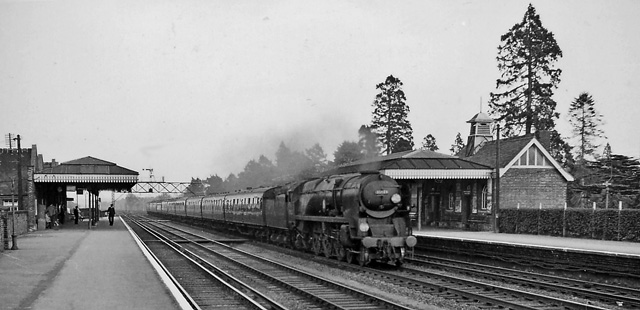
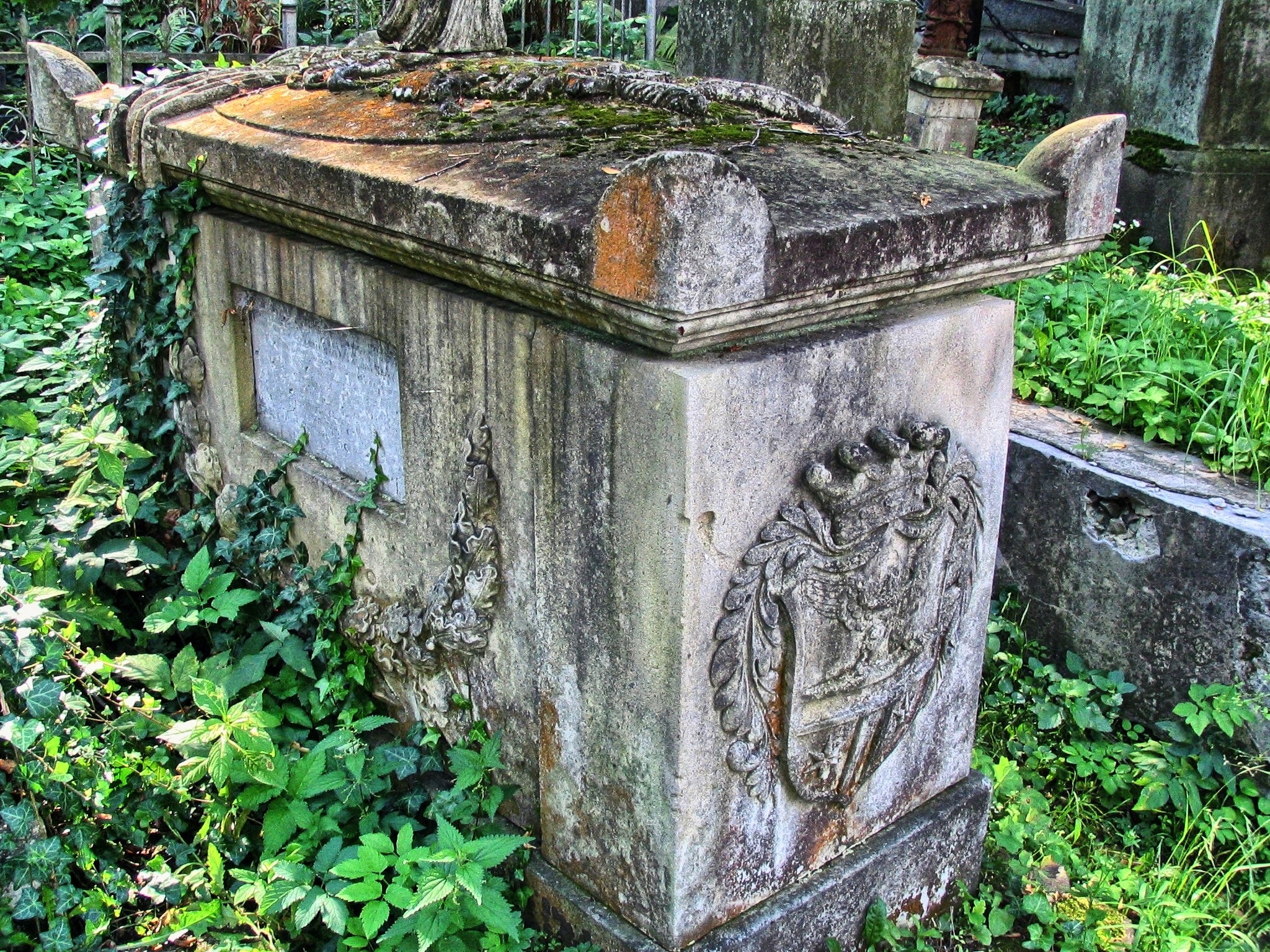

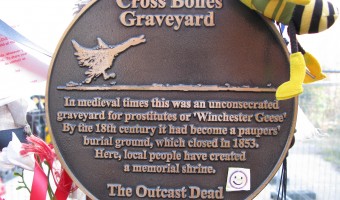
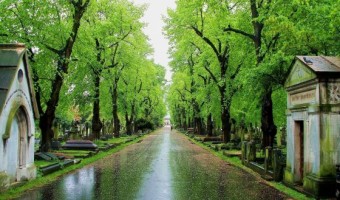
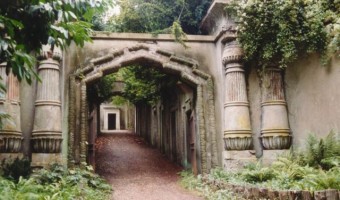
 Load more triptoids
Load more triptoids